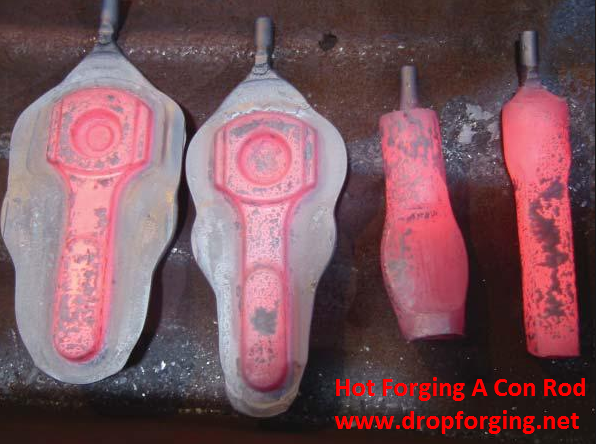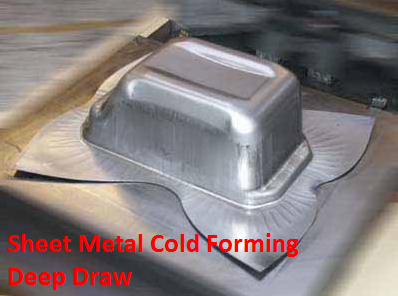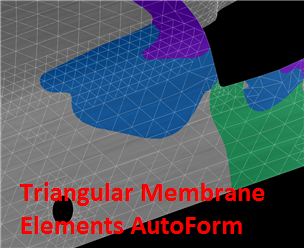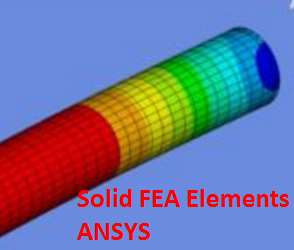Cold Forming vs Forging
Contents
Sheet metal forming is a type of cold forming. In fact, sheet metal forming can also be done “hot” as is necessary with very advanced high strength steels that cannot be formed successfully without first heating the blank.
Forging may also be done as either hot or cold, with various advantages and disadvantages.

Forging, however, is not the same as sheet metal forming, although a piece of sheet metal may be “forged” into shape. Forging implies that the material being shaped is squeezed or coined by brute force, shaping the material to something with significant variance in thickness, and not all the same as its original thickness.
Forging typically starts with a round or cylindrical billet of material, which is forged by huge forces into something like a connecting rod. Where as sheet metal forming usually starts with a flat sheet of material that is altered to a product shape usually with a thin wall, non-solid product shape.

In sheet metal forming, although the thickness does change (thinning and thickening) the thickness change is not significant when compared to a forging the process. A sheet metal part may be locally forged (or coined) to control thickness in a small area, but this is usually a small forging operation as part of a large cold forming process.
How Does the Simulation Process Differ Between Sheet Metal Forging and Sheet Metal Forming?
With regards to simulation, forging and forming are quite different. Forging requires solid FEA elements, while sheet metal forming utilizes much more efficient and robust membrane FEA elements. This is because the full thickness (solid elements) need not be simulated in a sheet metal forming process, given that the thickness of the sheet can be accounted for numerically. This saves incredible amounts of computation time and allows very complicated sheet metal parts to be simulated quickly and accurately.


StampingSimulation and Autoform simulate cold and hot forming sheet metal forming processes. Within the Autoform software, it is not possible to simulate forging, due to the membrane elements and no option to work with solid FEA elements. However, Autoform is the industry leading sheet metal forming simulation software, which is truly optimized for cold and hot sheet metal forming simulation, including hemming. No other software can produce accurate results with the same speed (both setup and calculation time) and ease as Autoform.
More recently hot forming is becoming more critical to OEMs who are required by law to reduce vehicle emissions. This often means advanced steels with incredible strength (>1500MPa) must be used in order to reduce the vehicle mass, by reducing the thickness of the raw material.
Once material with this strength requires forming, it becomes necessary to heat the sheet metal blank to elevated temperatures such that it can be formed. At elevated temperatures, even the highest strength materials can be successfully formed into just about any shape. Autoform software has integrated hot forming as part of the software suite and accurately predicts all problems and outcomes associated with hot or cold forming.
Work With Stamping Simulation
If you’re exploring StampingSimulation and Autoform simulation capabilities for cold and hot forming sheet metal processes, we’d love to help you out. We specialize in simulation services and are confident that we can produce accurate results with an amazing turnaround time. Contact our team to learn more or click here to view our work with other industry leaders.
